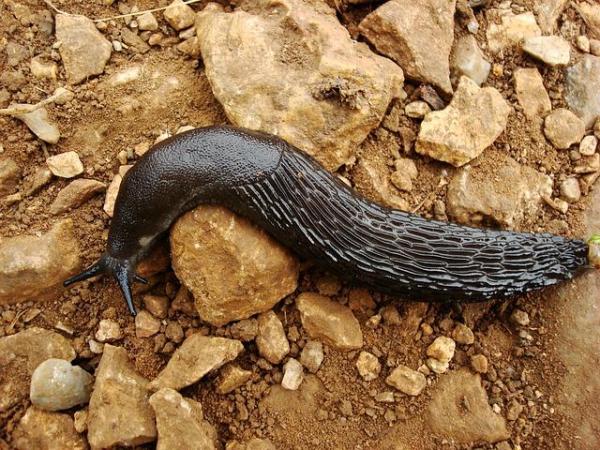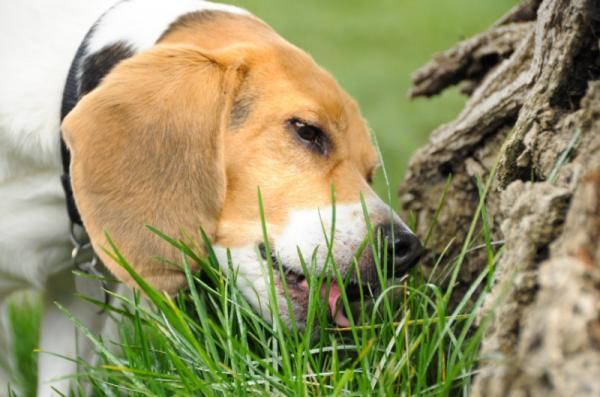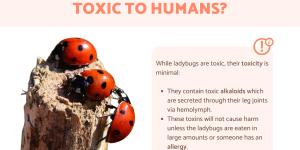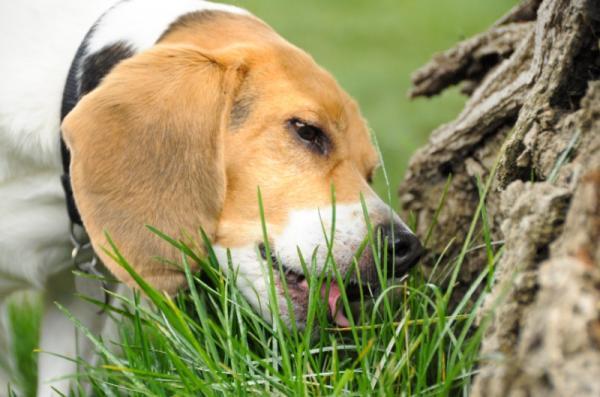Are Slugs Poisonous to Humans and Animals?


Slugs are animals belonging to the phylum Mollusca, a very large group of invertebrates which also includes animals as diverse as clams and octopuses. With such diversity, classifying these invertebrates is no easy task. It takes years of research and reviewing to define them taxonomically. Even when this does happen, scientists can disagree or new taxonomic groupings are established. This means we need to look at every aspect of the animal to better understand them.
This leads AnimalWised to look at a feature of slugs which many people get wrong. We address this by asking are slugs poisonous to humans and animals?
Slugs overview
The term slug is used to refer to various mollusks that are included in different taxonomic groups, but that share a common characteristic. This characteristic is the lack of a shell or, in some cases, a very small shell. In rare cases, the shell can even be internal. Slugs are very similar to snails, with the main difference being that snails have very pronounced shells. In this way, the term slug refers to a group of mollusks defined by their anatomy, not taxonomy.
Slugs are gastropods and we usually refer to terrestrial slugs when we use the term. Sea slugs do exist, but they are very diverse and are not what we consider a common slug.
Land slugs are characterized by certain features, including a mouth and two pairs of feelers on their head. While these can look like antennae which are commonly found on insects, they are actually tentacles. They are more like the tentacles of an octopus than the antennae of an insect.
They also have a structure known as a mantle. This is the part on their topside which houses their anus, sex organs and respiratory opening. Its size and placement can vary according to the species of slug. On the underside of their body is the foot which contains the pediatric gland. This gland secretes mucus which allows for movement and prevents desiccation or other harm coming to their bodies when interacting with the ground.
A slug's body is very soft and is largely made up of water. Snails have the addition of a pronounced outer shell which can protect them from harm. Slugs do not have this feature, meaning they often have to stay sheltered under vegetation, under leaves or other parts of their environment to stay protected, especially in areas with low humidity.
Are slugs toxic to humans?
The idea that slugs are toxic or poisonous has become widespread. An animal is considered poisonous to humans if it is toxic and causes significant harm when ingested, often through the mouth, but also via their skin. This is in contrast to venomous animals such as some snakes or lizards which can inject venom into another animal or person. In this sense, slugs are not poisonous. They do not produce toxins which will cause us harm when ingested.
However, this does not mean ingesting a slug is safe. Some slugs carry certain parasites inside them. These include Angiostrongylus cantonensis, a nematode native to Asia, but which has spread to regions of America, Africa and Australia. This parasite is capable of causing meningitis in humans, resulting in significant brain damage.
The disease is not due to direct contact with the slug, but to consuming it orally voluntarily or accidentally. While rare, there are reported cases of humans eating slugs and contracting serious disease due to the presence of a parasite. One tragic case involved a young man in Australia who eventually died after being dared to eat a slug from a garden. Accidental consumption may occur if someone eats poorly washed produce.
Several species of slug are considered pests since they can cause massive damage to crops. Different types of biological and chemical controls have been developed to minimize the agricultural impact of these animals.
Now we know whether slugs are poisonous to humans, we look at their impact on certain animals.

Are slugs poisonous to dogs?
Although cats have the reputation, dogs are also curious animals. They also use their mouths to interact with their environment, meaning they can eat a slug just to see what it tastes like. They can see it as a snack or treat. Unfortunately, due to the problems with potential parasites, this can transmit serious disease to the dog.
Among the parasites transmitted to dogs via slugs are Angiostrongylus vasorum, commonly known as French heartworm (although it is actuallt a type of lungworm), or the Crenosoma vulpis. The first of these can cause heart disease, clog arteries, produce thrombosis due to the formation of clots, respiratory insufficiencies, hemorrhages, neurological problems and even the death of the animal.
Crenosoma vulpis is a nematode responsible for respiratory problems, specifically in the bronchi, bronchioles and trachea. When this occurs, dogs suffer from impaired breathing, coughing and difficulty exercising.
Are slugs poisonous to cats?
As with people and dogs, slugs are not poisonous to cats via contact. If one is ingested, they can transmit parasites such as Aelurostrongylus abstrusus or Troglostrongylus spp. These mainly affect their respiratory system by staying in the lungs.
In addition, chemicals are used to control slugs, leaving them impregnated with toxins. If a cat or dog consumes one of them, it is possible that the animal is poisoned. In mild cases, it can result in gastrointestinal problems such as vomiting and diarrhea. In severe intoxication, it will affect the nervous system. It can result in seizures and even death, to emergency veterinary attention is required.

What happens if you touch a slug?
As we have seen, slugs produce mucus that they use for various purposes. In addition to those mentioned, it also serves to protect the eggs, keeping them moist and away from predators, thanks to a repellent substance known as miriamin. But there are no reports that it causes any toxicity in humans just from touching a slug.
For related information, take a look at our article on what happens if a dog eats a snail.
If you want to read similar articles to Are Slugs Poisonous to Humans and Animals?, we recommend you visit our Facts about the animal kingdom category.
1. Meixler, E. (2018). Australian Man Who Dared to Swallow a Slug Has Died After a Rare 8-Year Illness. Retrieved from:
https://time.com/5445715/australia-slug-dare-sam-ballard/
- Engelhaupt, E. (2018). "Why you shouldn't eat a slug (in case you needed reasons not to)." Available at: https://www.nationalgeographic.es/animales/2018/03/por-que-no-debes-comerte-una-babosa-por-si-necesitabas-razones-para-no-hacerlo.
- Salazar, K. and Granados, J. (2014). «Evaluation of different tactics for the control of gastropods (terrestrial slugs) in the cultivation of lettuce (lactuca sativa L. Var. Fallgreen) in the Guarco area of Cartago».
- Schroeder, F., González, A., Eisner, T. and Meinwald, J. (1999). «Miriamin, a defensive diterpene from the eggs of a land slug ( Arion sp.). Available at: https://www.pnas.org/content/96/24/13620







